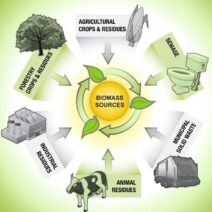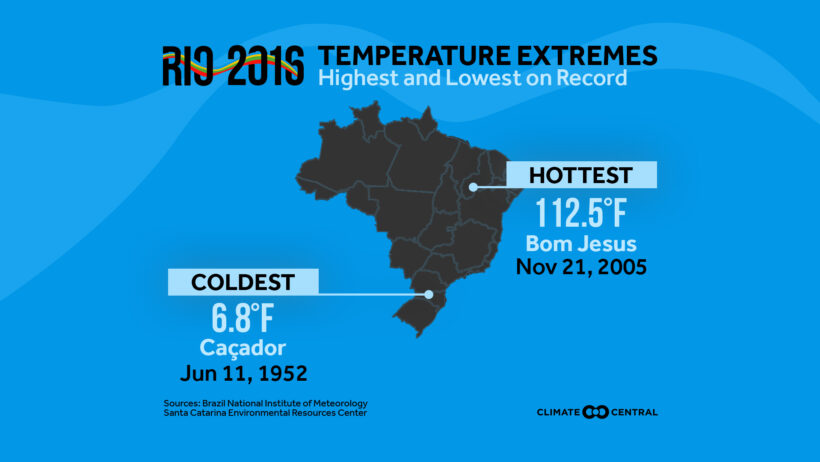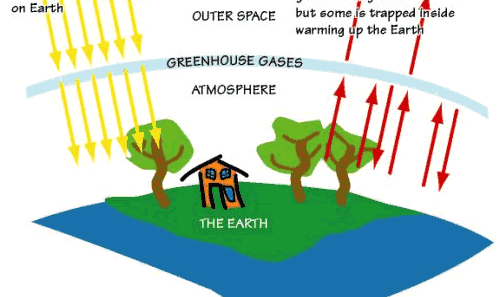Brazil’s climate is as diverse and vibrant as its culture and ecology. Spanning over 8.5 million square kilometers, the country experiences an array of climatic conditions influenced by its geography, elevation, and latitude. With ecosystems ranging from the verdant Amazon rainforest to the arid expanses of the Sertão, understanding Brazil’s climate involves considering a multifaceted interplay of environmental factors.
The Amazon rainforest, often referred to as the “lungs of the Earth,” is a critical component of Brazil’s climate. This tropical rainforest, rich in biodiversity, experiences high temperatures and humidity throughout the year. Average temperatures hover around 25 to 30 degrees Celsius (77 to 86 degrees Fahrenheit). Rainfall is abundant, with some areas receiving over 2,000 millimeters (about 79 inches) annually, primarily occurring during the wet season from December to May. The dense foliage not only contributes to high humidity levels but plays a crucial role in the global carbon cycle, absorbing vast amounts of carbon dioxide and releasing oxygen.
Transitioning southward, one encounters the Brazilian Cerrado, a vast savanna that showcases a different climate dynamic. Characterized by a distinct wet and dry season, the Cerrado experiences temperatures similar to the Amazon, although it has significantly less rainfall, averaging between 1,200 to 1,600 millimeters (about 47 to 63 inches) per year. The rainy season typically occurs from October to March, followed by a long, dry period. This unique seasonality has given rise to a diverse range of flora and fauna, many of which are endemic to this region.
Further south still, the climate transitions into the subtropical domain, particularly around cities like São Paulo and Curitiba. These regions are characterized by a more temperate climate, with distinct seasonal changes. The average temperature in São Paulo ranges from 13 to 26 degrees Celsius (55 to 79 degrees Fahrenheit). While the rainy season encompasses the Southern Hemisphere’s summer months, a cooler, drier winter sets in between June and September. This climatic diversity supports various agricultural practices, from coffee to citrus fruits, contributing significantly to Brazil’s economy.
Moving towards the coastal regions, one arrives at the climate of Rio de Janeiro, known for its stunning beaches and vibrant lifestyle. Rio experiences a tropical climate with average temperatures between 20 to 30 degrees Celsius (68 to 86 degrees Fahrenheit). The city’s coastal location means abundant moisture and rain, particularly during the summer months, creating a lush landscape that is both beautiful and ecologically significant. The rainforests that fringe the city, known as the Atlantic Forest, are one of the most endangered ecosystems on the planet, underscoring the importance of conservation efforts in this region.
The climatic variance across Brazil’s regions is not merely an academic point; it has profound implications for biodiversity, agriculture, and urban planning. The Amazon’s role in carbon sequestration highlights the urgency of addressing deforestation, a critical issue that exacerbates climate change. Conservation efforts are paramount, as the loss of rainforest not only contributes to greenhouse gas emissions but also threatens countless species of flora and fauna.
Climate change poses additional challenges to Brazil. Rising temperatures and altered precipitation patterns impact agricultural productivity, crucial for a nation that stands as one of the world’s leading food producers. Brazil’s reliance on soybeans, coffee, and sugarcane means that shifts in climate could reverberate through global markets, affecting food security worldwide. Moreover, extreme weather events such as floods and droughts are becoming more frequent, necessitating robust adaptive strategies to safeguard both natural ecosystems and human populations.
Urban centers like Rio de Janeiro also face unique climate challenges. Urban heat islands, where cities experience higher temperatures than surrounding rural areas, exacerbate heat waves and increase energy demand. Additionally, increased rainfall can lead to flash floods, landslides, and infrastructure damage. As populations continue to grow, the need for sustainable urban development becomes critical in mitigating adverse effects.
Furthermore, Brazil’s coastal regions are increasingly threatened by sea-level rise due to climate change. This phenomenon poses a risk to densely populated coastal cities, threatening homes, infrastructure, and local economies reliant on tourism and maritime activities. Effective coastal management strategies that encompass both physical infrastructure and natural barriers, such as mangroves, are essential for resilience.
In conclusion, Brazil’s climate is a tapestry woven from its diverse ecosystems and geographic nuances. From the humidity of the Amazon to the temperate regions of the south, Brazil’s climatic diversity reflects a complex relationship between environment and culture. As the impacts of climate change intensify, understanding these diverse climatic zones is vital for safeguarding the country’s rich natural heritage and ensuring a sustainable future for its inhabitants.
Overall, the myriad climatic zones not only shape Brazil’s biodiversity but also its socio-economic fabrics, linking environmental health to the well-being of communities. As such, a concerted effort towards ecological preservation, sustainable practices, and climate resilience has never been more imperative. Addressing climate change in Brazil is not merely an environmental issue; it is intricately tied to economic stability, food security, and social justice.







